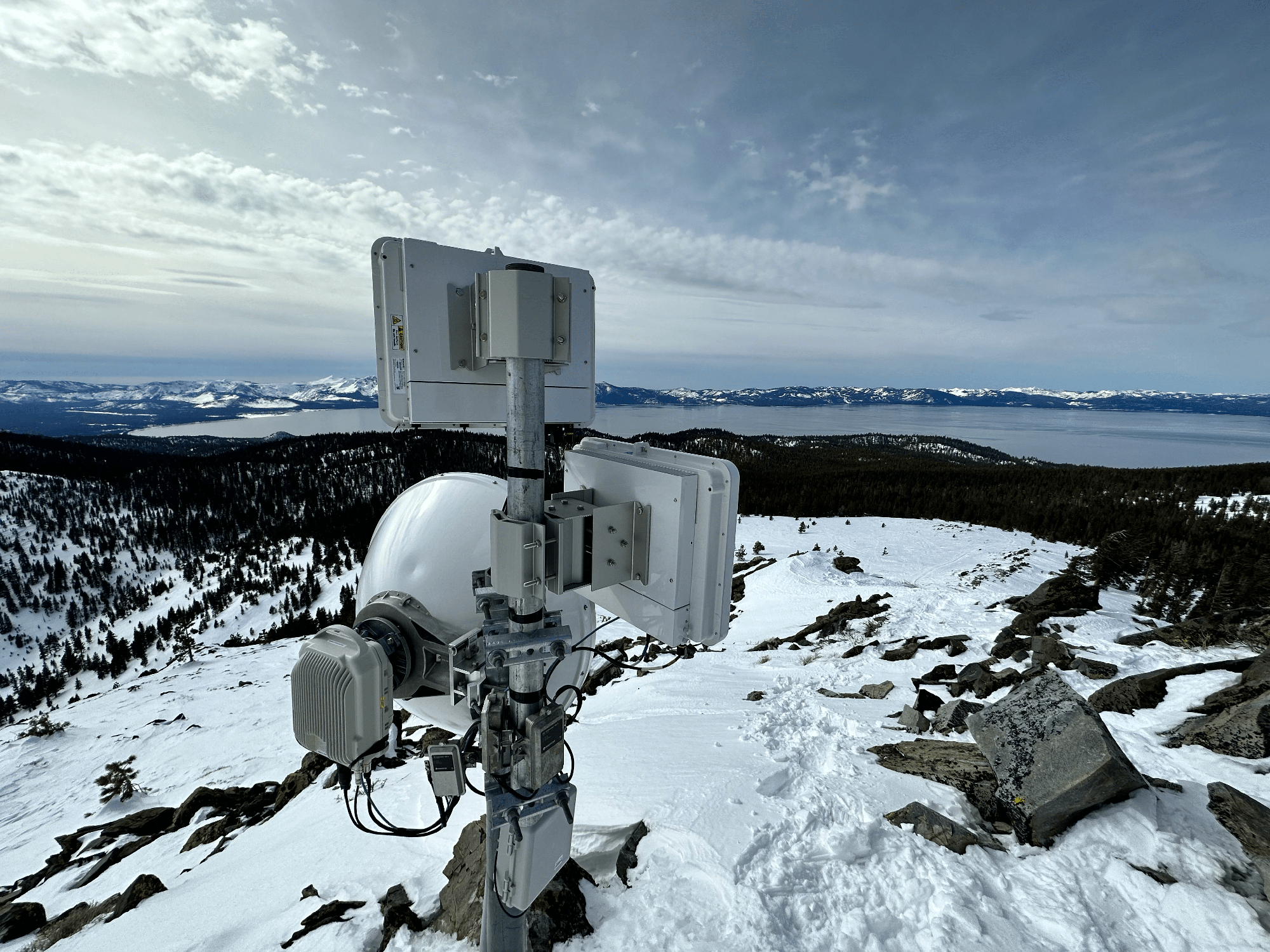With both licensed and lightly-licensed options, Citizens Band Radio Service (CBRS) spectrum can be a solid addition to any wireless network. For US wireless broadband providers, CBRS is an important tool when planning for, or defending against, Broadband Equity, Access, and Deployment BEAD-funded installations in their service area. For more on BEAD and CBRS, you can check out this blog.
There are many reasons why an operator might choose to deploy CBRS within their network. The primary questions to be answered are, what is required, and how difficult will it be?
Common considerations for CBRS operation include: connecting equipment to the band’s Spectrum Access System (SAS), spectrum acquisition, and availability of spectrum. Tarana helps operators with each of these tasks.
For SAS communication, the Tarana Cloud Suite (TCS) acts as a domain proxy, taking care of routine communication between CBRS devices and the SAS. Once an operator has selected a SAS and entered that information into TCS, they’re good to go.
For spectrum acquisition, if an operator has primary access licenses (PALs), those frequencies are prioritized. Otherwise, TCS will query all available frequencies and select those with the highest permitted power. If, for some reason, the operator needs to reacquire spectrum, this is a simple, one-click option from TCS.
The last task, which is required of any wireless operator, is making the most of allocated spectrum. With a frequency reuse of 1 (k=1), Tarana can operate in the same frequencies across all sectors on a tower. In contrast, CBRS products from other sources require a frequency reuse of 2 or even 3, which can yield significant operational constraints in busy spectrum.
Being able to reuse spectrum has several advantages. First, operators with PALs can maximize their priority frequencies and reduce the need for GAA spectrum where interference is more likely to occur. The second advantage is for those who don’t have PALs. In this case, the operator can select the frequencies with the least interference to maximize performance. A reuse of 1 means the operator only needs to find half the spectrum that a reuse of 2, for example, would require.
The utility of k=1 is also significant when a CBRS neighborhood experiences a dynamic protected area (DPA) event. In the case of this event, any users of a particular set of frequencies will need to temporarily vacate those frequencies in favor of the incumbent (US Navy). This can make the search for clean operating spectrum even more difficult. Our blog on CBRS spectrum reuse discusses further why G1’s k=1 operation is a key tool for successful CBRS deployments.
Another factor that can help operators is G1’s 2 x 40 MHz carrier design. It is easier to find spectrum with 2 separate carriers operating in smaller bandwidth increments than a single carrier that requires more contiguous spectrum. We recently studied a sample of over 2,600 G1 CBRS BNs and found that 87% of the sectors had 80 MHz of operational bandwidth. That number climbs to over 96% of BNs that were able to acquire 60 MHz or more.
Tarana G1 provides fiber-class, endgame broadband with unprecedented speeds and high reliability. We also make it easy for operators interested in deploying CBRS to add this valuable spectrum to their network with less effort and deployment complexity than other solutions.
If you just can’t wait to learn more, check out our other blogs or some of our favorite customer links. Or reach out to us at info@taranawireless.com. We’d love to hear from you.


